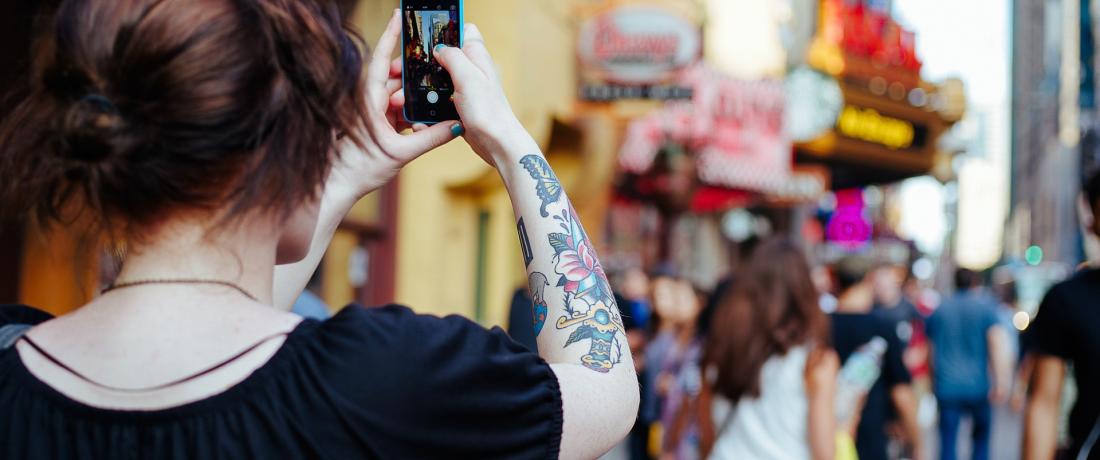
Commercial advertisement seems to be falling out of fashion these days. Everybody blames it all on millennials who don’t trust the praises big brands sing to themselves. Today’s phone-tapping cynics often ignore the product info got via TV, radio or newspapers, relying on peer reviews and social networks instead.
All Hail The King!
According to Ipsos MediaCT, millennials spend 30 per cent of their media time consuming user generated content (UGC) – other people’s tweets, posts, photos and video. UGC is considered 35 percent more catchy and 20 percent more influential on purchase behavior than the rest media types combined.
This fact makes advertisers go after the so-called “influencers” – persons with thousands of followers. They set trends with just a couple of clicks. It’s no wonder sellers are anxious to get influencers on their side. Huge target audience at minimal effort – who wouldn’t like that?
Even political brands recognize the importance of influencers. Facebook is still dealing with the consequences of Russian-bought ads scandal. The political campaign was designed and performed by several groups of “opinion leaders”, whose accounts had turned out to be fake.
The supposed effect of their content was crucial. So influencers do influence. But who runs the show? Well, except for Kremlin ☺
The Terms Of (In) Dependence
No man is an island, remember? Apparently, each opinion leader is impacted by at least two factors – mass media and…other opinion leaders. From the study conducted by Masoud Valafar, a software engineer at Twitter, and Harsha Gangadharbatla, an associate professor of the University of Colorado.
The team chose 300, 000 random Twitter accounts to track their updates for a month. The results have revealed the shocking truth. Ready? The gatekeeperless Twitter is feeding us second-hand opinions. Yeap, just like the good old boob tube.
Here is how it goes: most people form their opinions basing on the views of influencers, who follow alternative influencers, including TV experts, video bloggers, magazine columnists, celebrities, etc. As a result, average users distribute “recycled” information of shady origins.
The authors suggest that the described two-step flow scheme might be applied to YouTube, Instagram and other “Web 2.0” platforms. In other words, user generated content is “not all that different from that of traditional media”.
No Fear
We hereby conclude that targeting the web community of influencers should not be an end in itself. However, if done strategically, it can increase brand loyalty like nothing other. The thing is that each case requires a multipurpose marketing plan. Start building your own strategy with “The Loupe”.